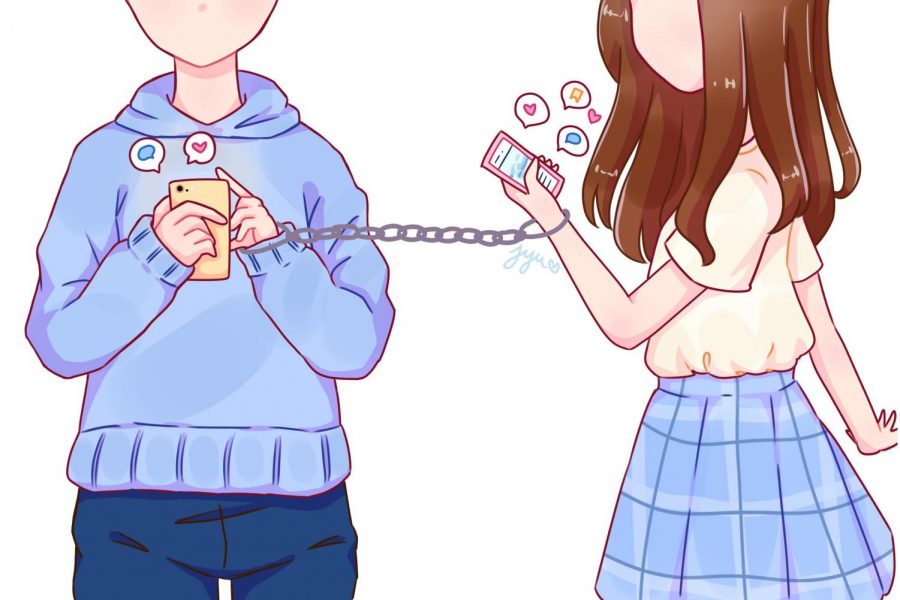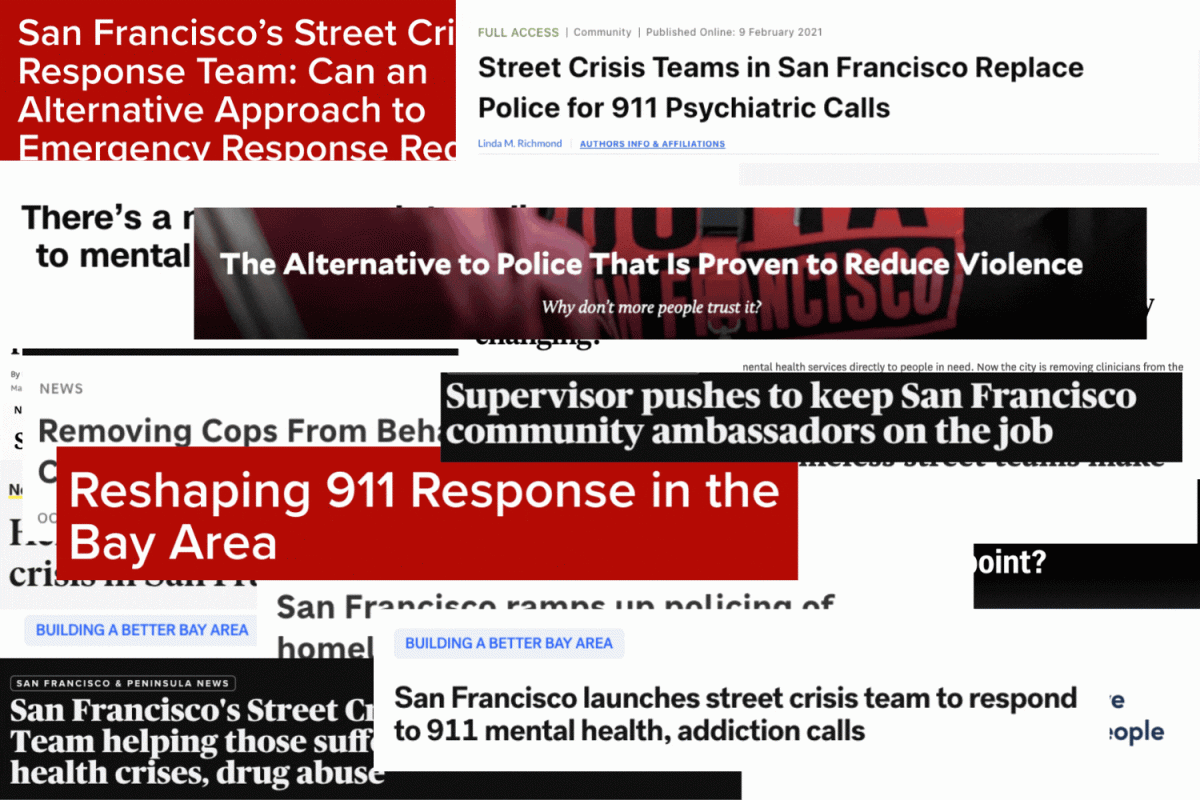Click. Swipe. Double-tap. Comment. Swipe.
Change app. Repeat.
A process so familiar to teens worldwide may influence how people develop during the critical point of life.
Times are changing — children are born into a world of technology. Kids start receiving their phones as early as elementary school, soon gaining access to an unlimited number of social media apps and information.
“You can view everything,” Jason Wu, a Google employee, said. “In the past, it was not possible. People needed newspapers or letters to hear about others’ words or opinions; now, they can just browse on the internet. Social media, like YouTube and Instagram, is just a product that generated from the internet.”
Social media has completely taken over everyday life, affecting how society runs and changing individuals in ways that even they can feel. While social media can act as a platform for people to express themselves, it can also be overwhelming, especially for high school teens.
Dr. Zoe Gillispie, a psychologist, works closely with youth. Through her clinical practice and research, she has observed many adverse effects from social media.
“I’m seeing a huge trend in today’s youth for having more severe depression, anxiety, and self-harm as a result of the social media changes over the past 10-15 years,” Gillispie said. “It’s a harder time to be a teen and avoid mental health challenges. Of course, this impacts academic performance as well.”
Social media can be an immense distraction for many teens, impacting their productivity. Teens can waste an immense amount of time, spending hours scrolling through posts and videos on Tiktok, Instagram, and Snapchat.
To sophomore Bryson Lan, deleting social media helped eliminate a significant distraction in his routine and keep up with academics.
“I was scrolling through Instagram’s Explore page so much,” Lan said. “I was also starting to struggle since I was entering my sophomore year. When school started, I was super overwhelmed, and I was just not ready for it.”
Most fear that by eliminating these apps, they will miss out on connections with their peers and feel a significant loss to their social life. However, Lan found he didn’t miss anything during his time without social media.
“I think I felt really free. On Instagram, being connected to so many people also means being connected to whatever is happening with them,” Lan said.
Lan isn’t wrong. While social media users are constantly viewing content from their peers, this does not necessarily strengthen personal connections. In fact, it could potentially hurt the ability to form meaningful, in-person relationships.
“I believe social media has distanced teens from real-life relationships and in-person bonding,” Gillispie said. “Teens may have fewer deep friendships in exchange for many, many more acquaintances.”
Another problem with social media is the amount of “junk content” posted. People are regularly posting and updating on social media, and much of the content has no meaning to other viewers and is ultimately a time suck.
People stay active on social media by posting on Instagram’s Stories feature, which only stays up for 24 hours. Often, the published content revolves more around one’s personal opinions. Others continually repost the same few posts, and feeds are consumed with repetitive messages lessening the content’s impact and importance overall.
“On everyone’s Stories, they’re all posting so many opinions,” Lan said. “Sometimes I get really annoyed, not because I disagree with their opinions, but how many times I’ve seen it, and it gets repetitive.”
However, social media isn’t all negative. Social media can be a place to nurture passions and spur creativity. For example, Lan saw his interest in photography blossom after seeing works from other photographers on social media.
“[Social media] is a good place where you could have a portfolio or upload your works,” Lan said. “A lot of people have photography accounts or art accounts. In some ways, I think it actually furthers your hobby.”
The vast audience that social media can reach brings convenience and effectiveness in the spread of art. Although some people might be discouraged by other artists’ impressive works, Lan is inspired to produce better photographs.
“A lot of the inspiration I get for photography is mostly off of YouTube. Those photographers also have their own Instagram photography accounts, and it’s a great place for me to go see their work whenever I want,” Lan said.
YouTube, one of Google’s subsidiaries, is a leading social media platform that offers people an opportunity to spread their ideas and hobbies.
“You have a really tight community for people who are trying to get into a hobby or profession,” Lan said. “For example, I’m really into photography, so I watch a lot of photography videos.”
This trend of growing online communities takes place on numerous social media apps. As a data scientist for YouTube’s ads, Wu closely studies the social media platforms.
“Whether it’s YouTube or Instagram, it can form communities of people that have a common interest or passion for something,” Wu said. “In this circle, communication will be very convenient. People from all over the world, even those speaking different languages, can connect because they all watch the same videos.”
Communities on social media can range from photography to fashion to art. Just like how social media rekindled Lan’s interest in photography, Jasmine Yu, a sophomore, was also inspired to express her creativity and created her own art account on Instagram, which now has over 4,000 followers.
Yu often posts her finished drawings on her account and shares other people’s work on her Story to support fellow artists.
“It can be really fun to talk with your followers and interact with other people that you don’t personally know but have the same interests,” Yu said. “If you see they have the same interests as you do, then that can make the interactions more comfortable between just random strangers.”
Social media can link people that might never have the chance to meet in real life. While different from in-person friendships, these online interactions also serve as a source of comfort.
“I’ll have people ask me, ‘How are you doing?’ or ‘Did you sleep well?’ It can just be about how your day was or a new show that you’re watching,” Yu said. “I think it’s like a friend that’s not really there, but also is there.”
Connecting with others also opens up a way for Yu to discover other art styles. She takes this as a way to motivate herself to continue drawing what she loves.
“Sometimes I feel like I see all these young people with really great drawing skills, and I’ll be like, ‘Wow, they’re a lot better at this than I am,'” Yu said. “I guess it pushes you to practice more and just observe people.”
Despite these benefits of bringing more people closer together and finding motivation sources, close online groups may also cause inflexible group views.
“The downside to YouTube’s communities and recommendations is that you get this kind of echo chamber effect,” Lan said. “This isn’t completely intentional, of course, but since YouTube always tries to feed you the most relevant content, it will try to push videos that are related to your point of view or your opinions.”
According to GCF Global, an echo chamber occurs when “a person only encounters information or opinions that reflect and reinforce their own.” Confirmation bias, a tendency to favor information reinforcing personal beliefs, is a factor causing this environment.
“[Echo chambers] can lead the audience to believe that that’s the only reported information, and therefore it has to be the truth, or at least the popular opinion,” Lan said. “While you might consider that there are other perspectives since you’re not getting information about those perspectives, you won’t be able to back them up enough to question the perspective that you’re already leaning toward.”
Although Lan is annoyed at the constant flow of the same information, he does see both positive and negative uses of social media’s various platforms.
“I think it’s really important that people get to talk about their ideas. It’s part of the reason why social media is there; you could spread more ideas to more people faster,” Lan said. “But I don’t like that a lot of it is so biased, and there wasn’t a lot of research that actually went into it. Most opinions are really misguided or one-sided.”
According to research conducted by Pew Research, 23% of social media users changed their views on a current event issue after seeing something online, compared to 15% from two years ago.
Spreading opinions can also be strengthened and made more convincing by using visuals.
The development of technology led to the rise of using photos and videos instead of text. The popularity of platforms such as YouTube and Instagram shows how visuals have transformed the way people communicate and process information.
“Pictures and videos make talking with your friends more fun, especially in times like this where everybody has to stay home and stay safe,” Yu said. “I think that with the ability to create and share pictures and videos, it brings a sense of closeness, even though you aren’t there with these people physically.”
Besides making conversations more engaging, videos can also enrich the portrayal of information using visuals and audio.
“A picture can contain a lot of information, every pixel can have some information, but for videos, every shot contains some information,” Wu said. “The quality of information [videos] contain is not comparable. Multimedia also has sound, animation, and image, so it’s more fun to watch.”
Lan expressed a similar sentiment.
“I think videos are just glorified picture books because a picture book essentially is a video, just with a lot fewer frames,” Lan said. “The story that you get to tell with a video is still a lot deeper than with a picture book.”
Over time, ways of communication and connection have evolved drastically. From words and text to photos and videos, each mark of progression represents a change in society.
The negative impact of social media, nonetheless, is undeniable. Maintaining a safe environment on platforms is up to the individual.
“Thanks to this revolutionary development [of social media], we can enjoy a world where everyone is closer than before,” Wu said. “But we also need to have the skills to make good utilization of social media, and that depends on each person’s efforts.”























